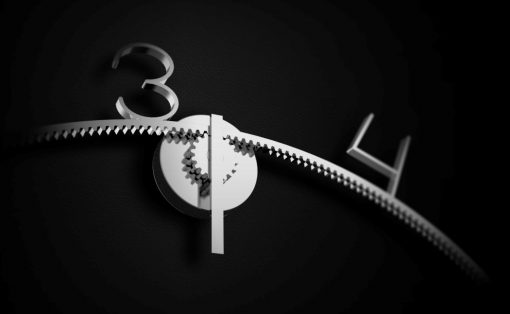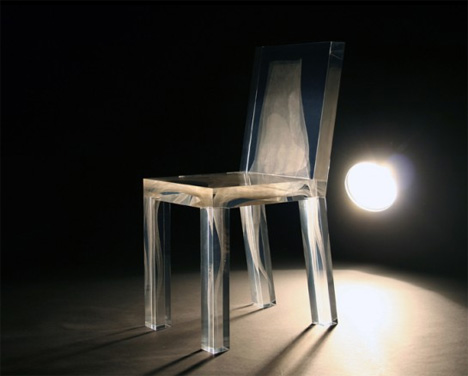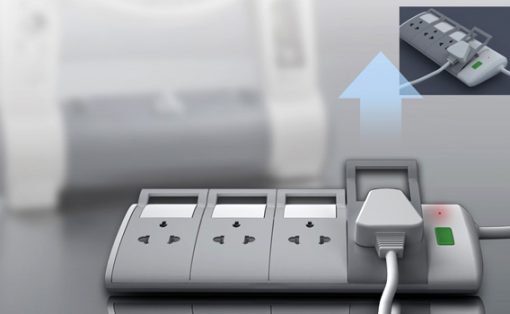
Among the key elements that interior designers focus on is form, featuring visible contours, geometry, proportions, scale, and more. Hence, the concept of form in interior design transcends mere decoration, involving thoughtful consideration and design details to craft a distinct aesthetic and functional experience. When designing your home or any interior, it is essential to attain the right form for achieving a harmonious aesthetic.
Designer: Studia 54

What is the role of Form in interior design?
‘Form’ pertains to the tangible shape and structure of objects within a space that forms the basics of any interior design. It forms the outline for three-dimensional objects within a space. One or more shapes can be combined to create unique forms which can further be enhanced with colors, patterns, and textures.
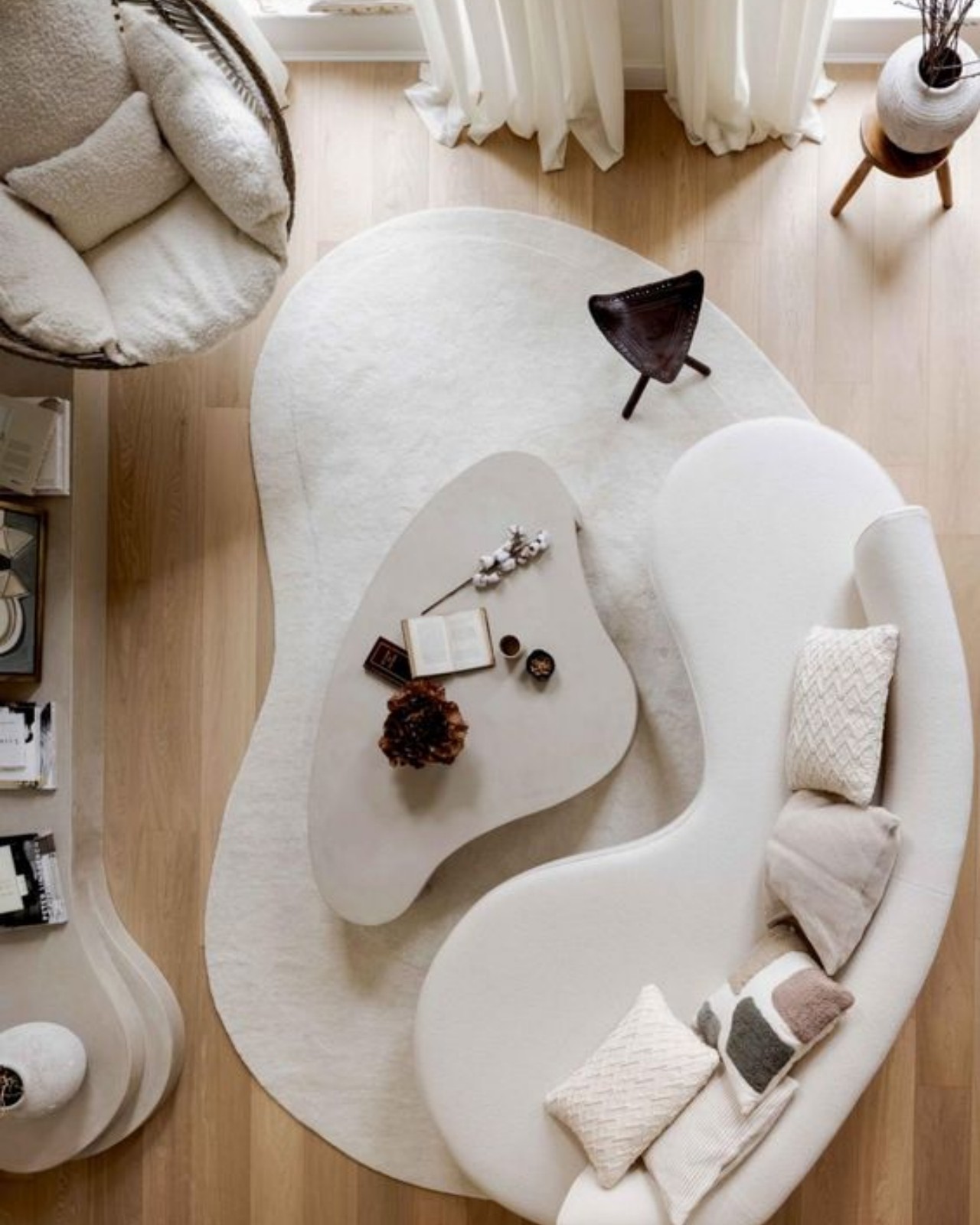
Image courtesy of: Rosslyn Tebbutt
• Form in interior design serves multiple essential functions. Intentional use of form creates visual interest, adding variety with unique shapes, bold textures, and eye-catching silhouettes.
• It also directs traffic flow by guiding movement and defining functional zones. Forms influence mood, with soft, curved shapes providing a soothing atmosphere and angular forms conveying energy.
• Beyond aesthetics, form impacts functionality by considering ergonomics and spatial requirements.
• Additionally, forms provide spatial definition, giving structure and boundaries to a space through creative elements like ceiling ridges, floor patterns, and wall contours.
What are the different types of forms?

Designer: RSAA Studio
The form, or spatial outline represents the shapes of three-dimensional objects in a room. It is not possible to create the design without knowing the form which includes various dimensions such as the length, breadth, height, mass, and volume which are crucial measurements for design and planning.
Additionally, the consideration of form extends to the interplay of light and shadow, as manifested in different shades and surface variations on objects. Forms can exist independently or result from the -combination of two or more shapes which can be enhanced by adding texture or color.
The different types of forms include
• Organic Forms


Designer: Tenon Architecture
Organic forms are distinguished by gentle, flowing lines while their shapes are irregular and distinctive, often derived from the varied lines and shapes observed in nature.
• Geometric or Inorganic Forms


Designer: Masquepacio
Geometric or Inorganic forms are non-living forms that relate to artificial, geometric shapes and forms. Common geometric forms include squares, rectangles, triangles, ovals, arches, points, and straight lines.
• Open Forms

Designer: Go Homme
These forms are the visible shapes or outlines that can be observed with the naked eye.
• Closed Forms


Designer: Ashley Torres
These forms are self-contained and remain invisible to the naked eye such as a closed cabinet.
The form of a space should suit its function; for instance, a dining room benefits from an organic form for conversation and intimacy, while a kitchen benefits from a geometric form for efficiency. When selecting furniture, consider the form as organic forms are inviting, and geometric forms are sleek. Integrating natural forms adds interest and a space’s form influences mood, with an organic form creating a relaxed atmosphere.
Some examples of the form in interior design include the contours and profiles of furniture, the dimensions of windows, mirrors, rug shapes, and wall decor, as well as the curves, edges, and measurements of flooring and tilework, including display accessories such as sculptures.


Designer: El Quipo Creativo
What are Abstract Forms?
Abstract art is gaining popularity among artists and behind the abstract art lies a theoretical cluster of ideas aimed at creating pure sublime art, beautiful and intended to evoke aesthetically pleasing effects.
How to achieve good form in interior design?
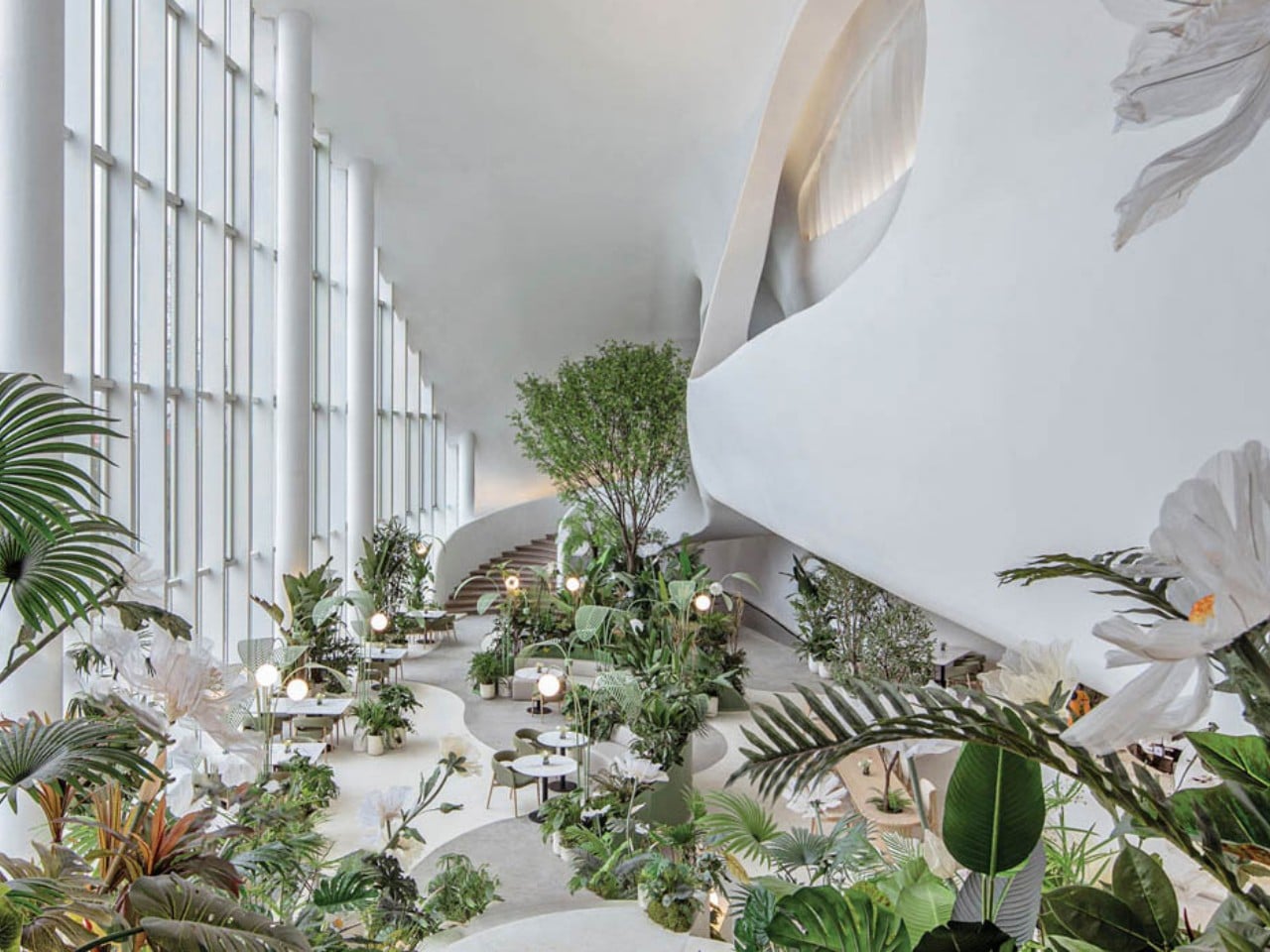
Designer: Peter Ippolito and Gunter Fleitz
To achieve a well-crafted form, a combination of seven elements of design with the seven principles of design can create an ideally perfect design.
What are the principles of form in interior design?
In the process of designing with form, interior designers depend on a set of fundamental principles that serve as a foundation for making considerate decisions regarding the shapes in design, massing, and arrangements of elements.
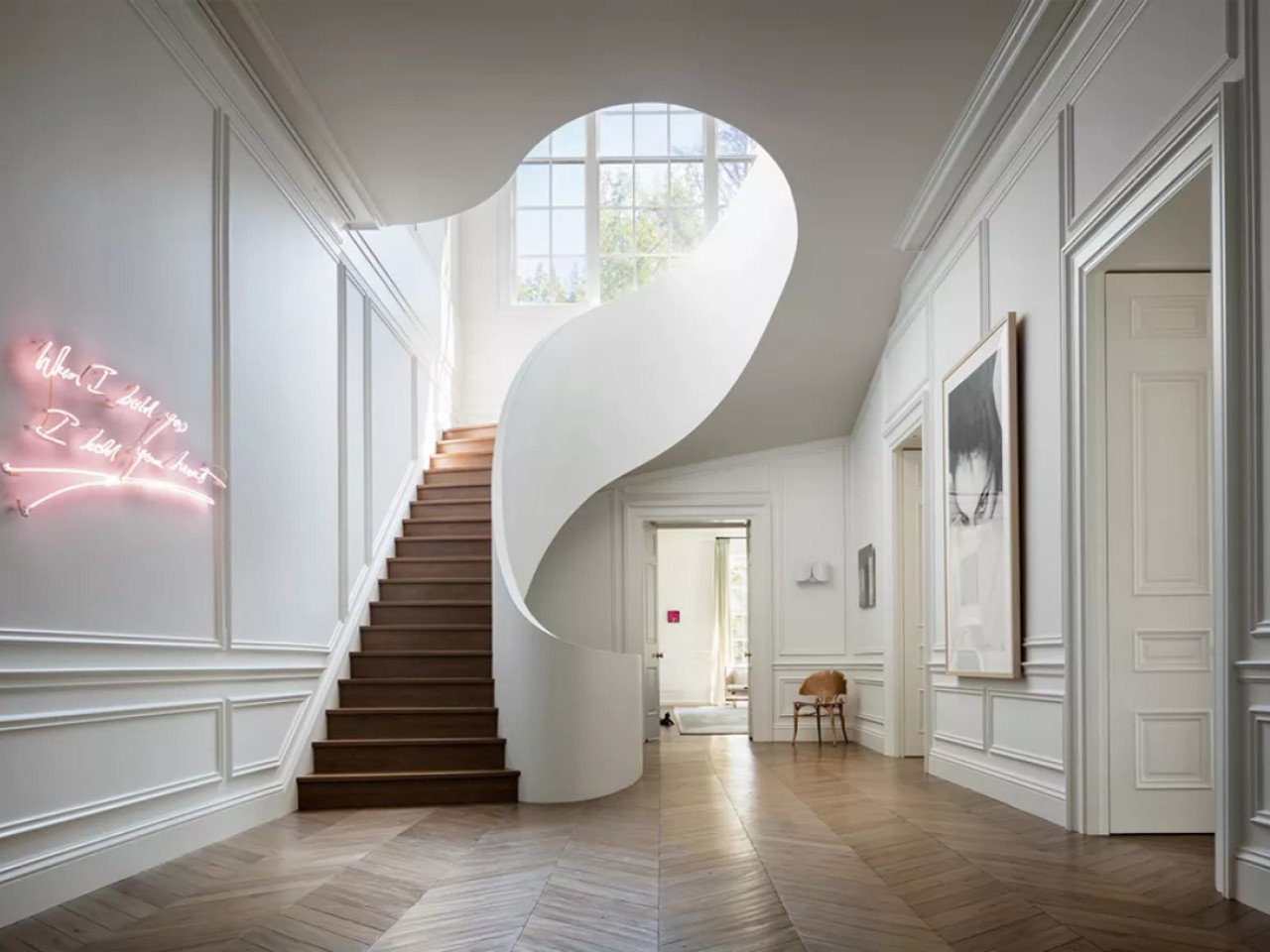
Designer: Steven Harris Architects
• Harmony
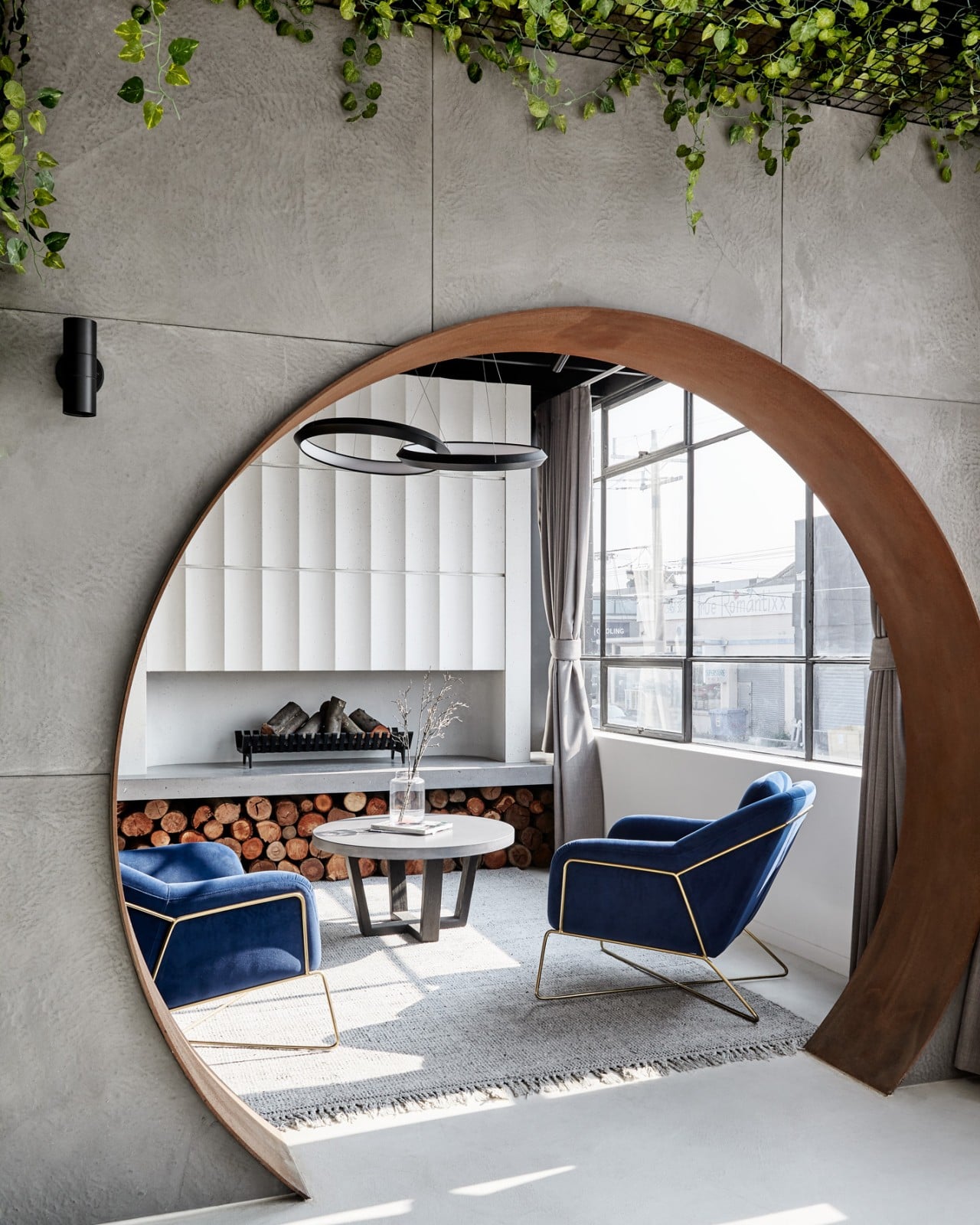
Designer: Concrete Collective
Harmony in design denotes a visual sense of cohesion and consistency among forms, promoting harmony over chaos. Techniques for achieving unified forms feature repeating design motifs and geometric shapes, maintaining even spacing and alignments between forms.
• Balance
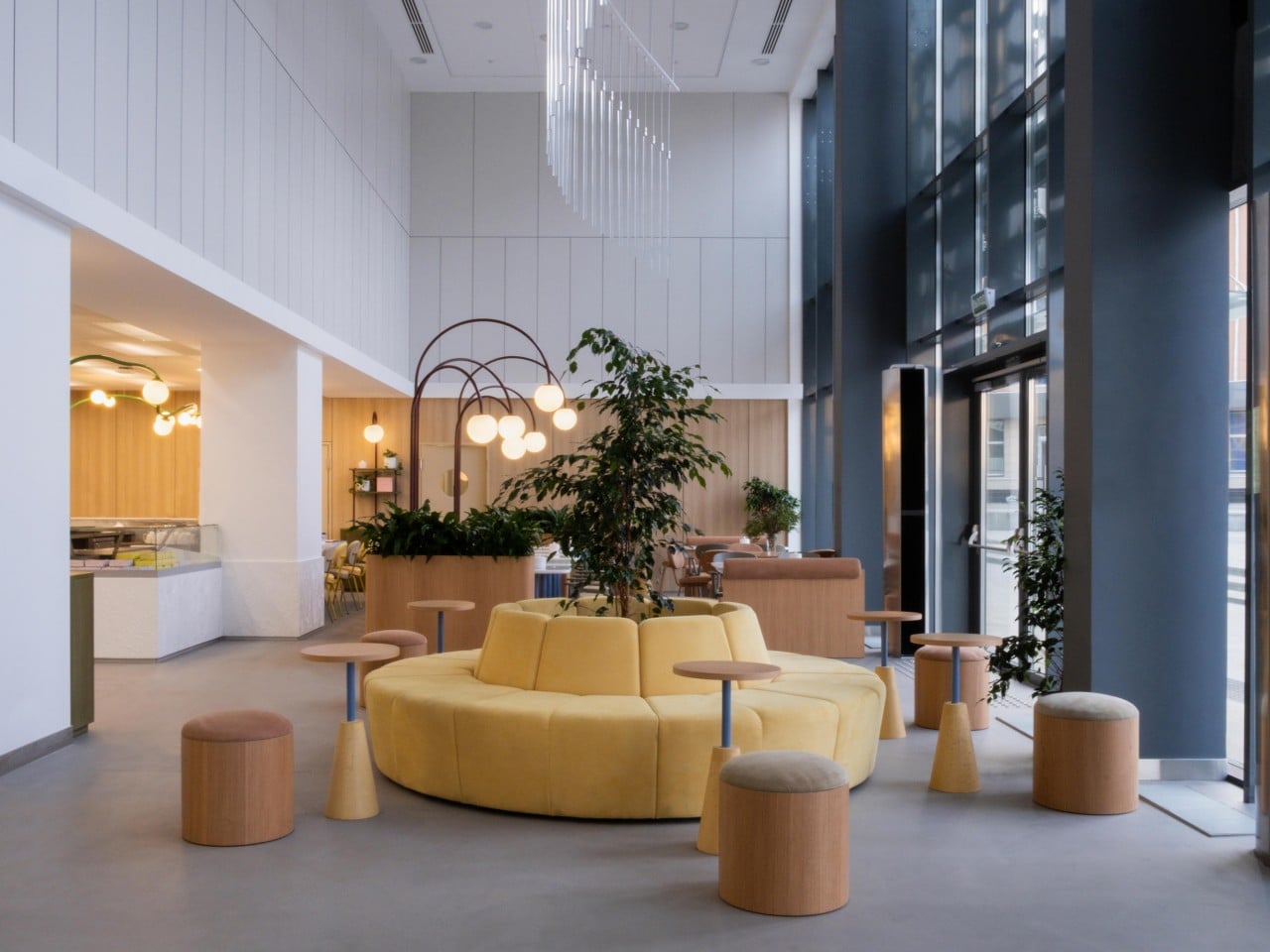
Designer: Shushana Khachatrian
Balance strives to create visual equilibrium among forms in a composition, achievable through symmetrical or asymmetrical arrangements. Techniques for achieving balance in designs involve distributing weight and mass evenly, offsetting a large form with several smaller forms, utilizing color, texture, and height to counterbalance forms, and placing forms at intersecting angles to establish equilibrium.
• Accent Feature
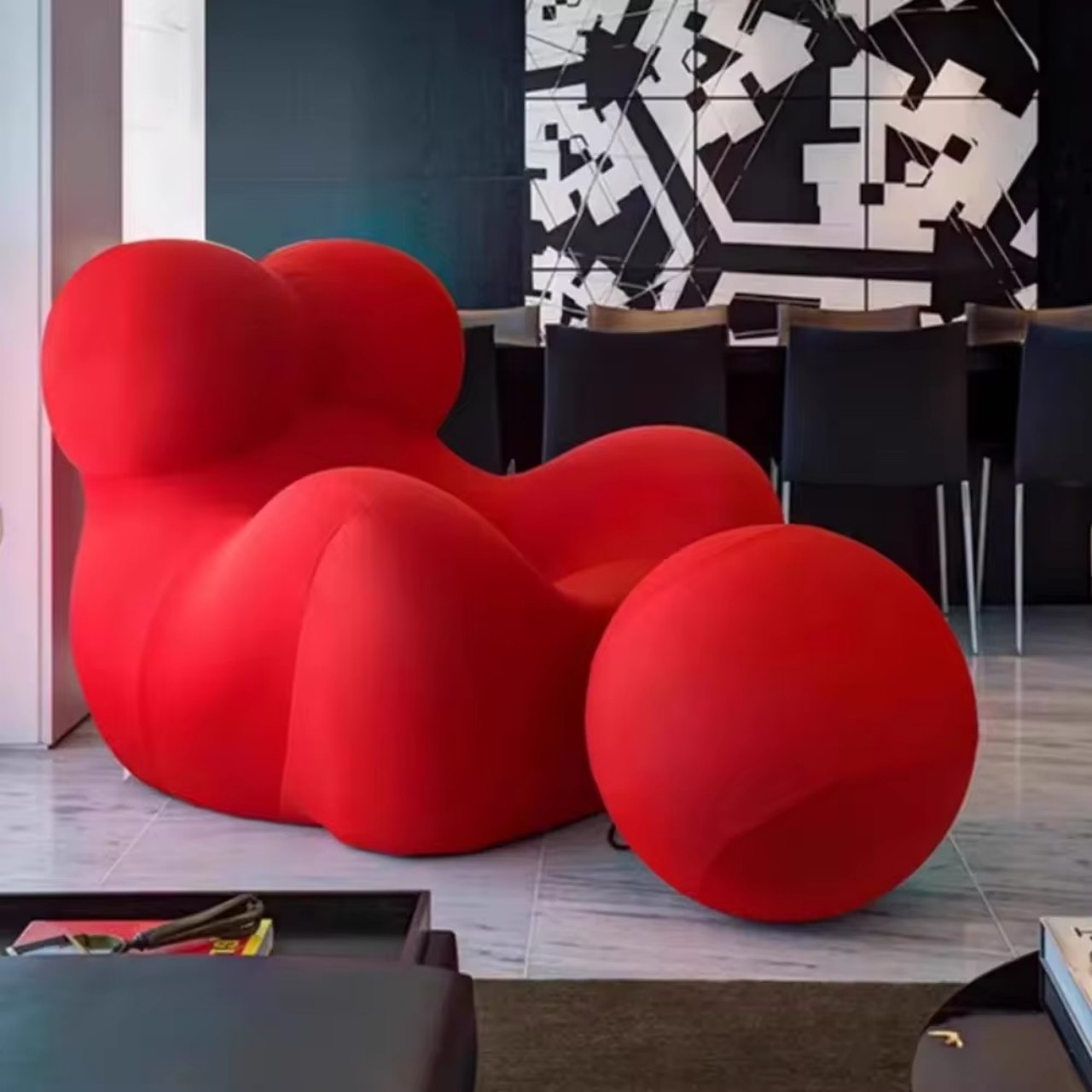
Designer: Gaetano Pesce
Accentuation directs focus toward significant forms through the creation of contrast, establishing a visual hierarchy. Techniques to highlight key forms involve incorporating distinctive shapes and proportions, integrating bold colors or materials, illuminating forms with strategic lighting, and elevating forms above the floor or ground plane.
What are the elements of Form in Interior Design?
While principles provide guidance for applying form, the elements constitute the specific components that interior designers manipulate to craft desired shapes and structures. The fundamental elements of form encompass line, shape, volume, texture, and color.
• Line
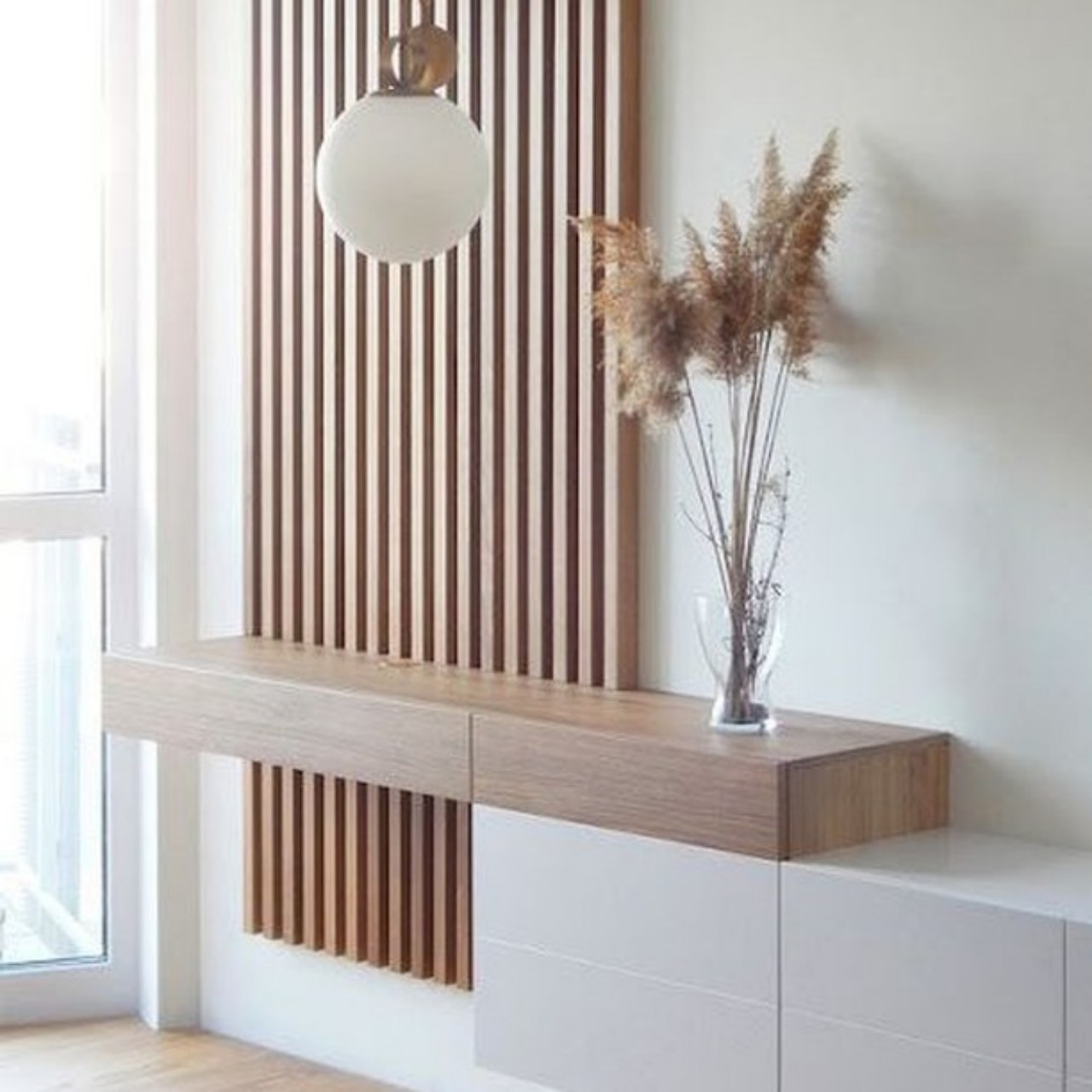
Designer: Vince & Co. Interiors
Lines and edges define boundaries and contours, delineating form. Consider silhouettes and profiles of furnishings, borders between flooring materials, molding, and trim outlines, patterns created by lighting fixtures.
• Shape
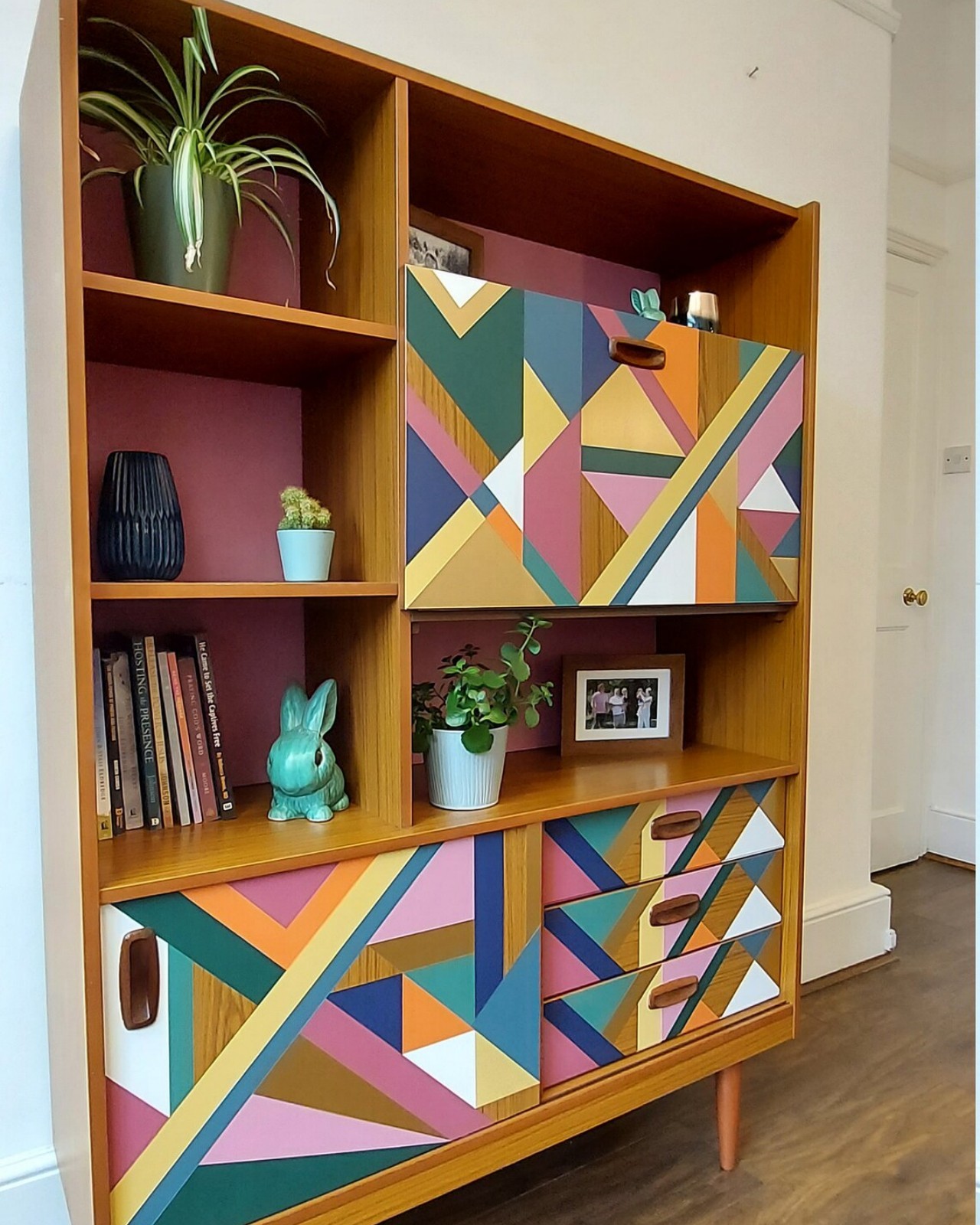
Designer: Melanie Hutton
The two-dimensional outline of forms generates geometric or organic shapes. Examples encompass circular, square, and rectangular furnishings, freeform partitions and wall dividers, oval and ring-shaped decor pieces, as well as sinuous S- and C-curve furniture.
• Volume
Volume refers to the 3D mass and space occupied by forms. Interior designers may manipulate cubic footage and dimensions of furnishings, cantilevers, platforms, staggered shelving, convex and concave shaping of lighting, walls, etc.
• Texture
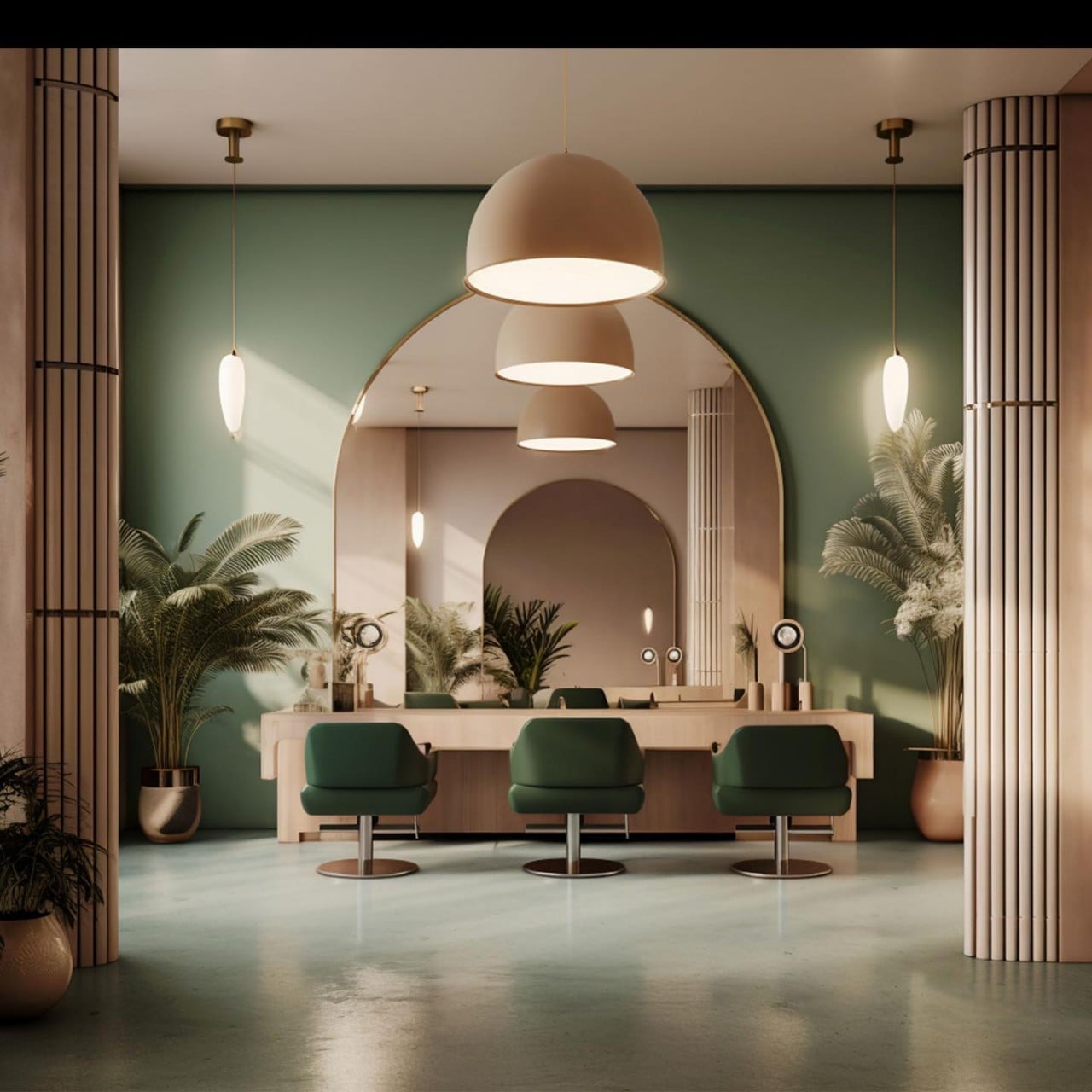
Designer: Artshoc
Surface characteristics such as smoothness, roughness, and patterns significantly influence form perception. Textures that impact form include wood grain, fabric weaves, concrete pores, distressed patinas, glossy polishes, as well as tufting, channeling, and fluting on furnishings.
• Color
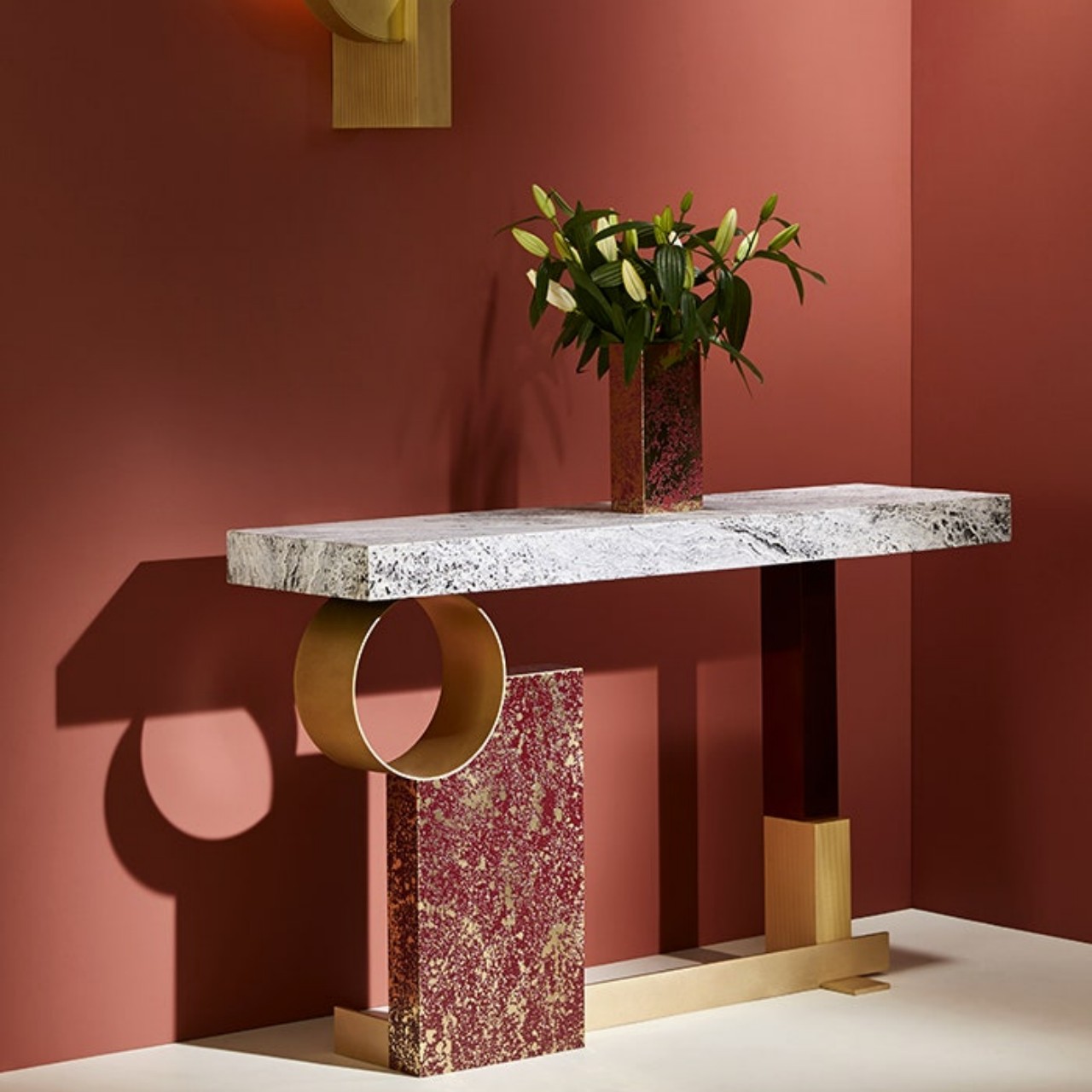
Designer: Rodolphe Parente
Hue, saturation, and brightness play a role in shaping form relationships. Colors can either unite similar forms or distinguish contrasting ones, make forms recede or advance within a composition, and add visual weight and mass to lighter forms.
Why should form follow function?
A well-designed interior is functional, comfortable, usable, and practical—one that is inviting, cozy, and enjoyable. The interiors should provide a comfortable space where you eagerly anticipate relaxation at the end of a long day.
• Clutter-free Space
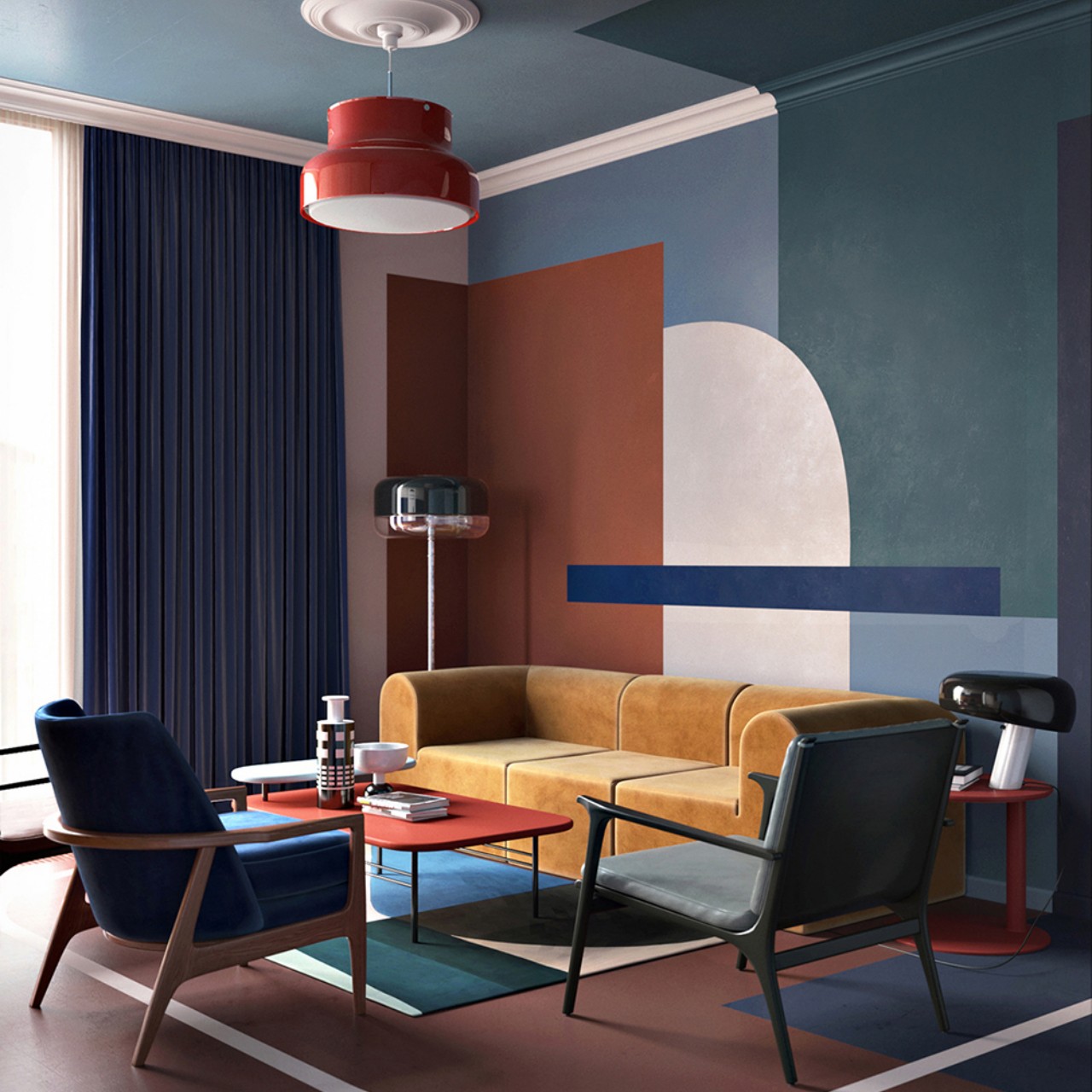
Designer: Daria Zinovatnaya
Invest wisely in home decor, focusing on pieces that enhance usability, as excessive showpieces or rugs in the living room may lead to a crowded feel despite the instant enhancement of individual items.
• Good Circulation
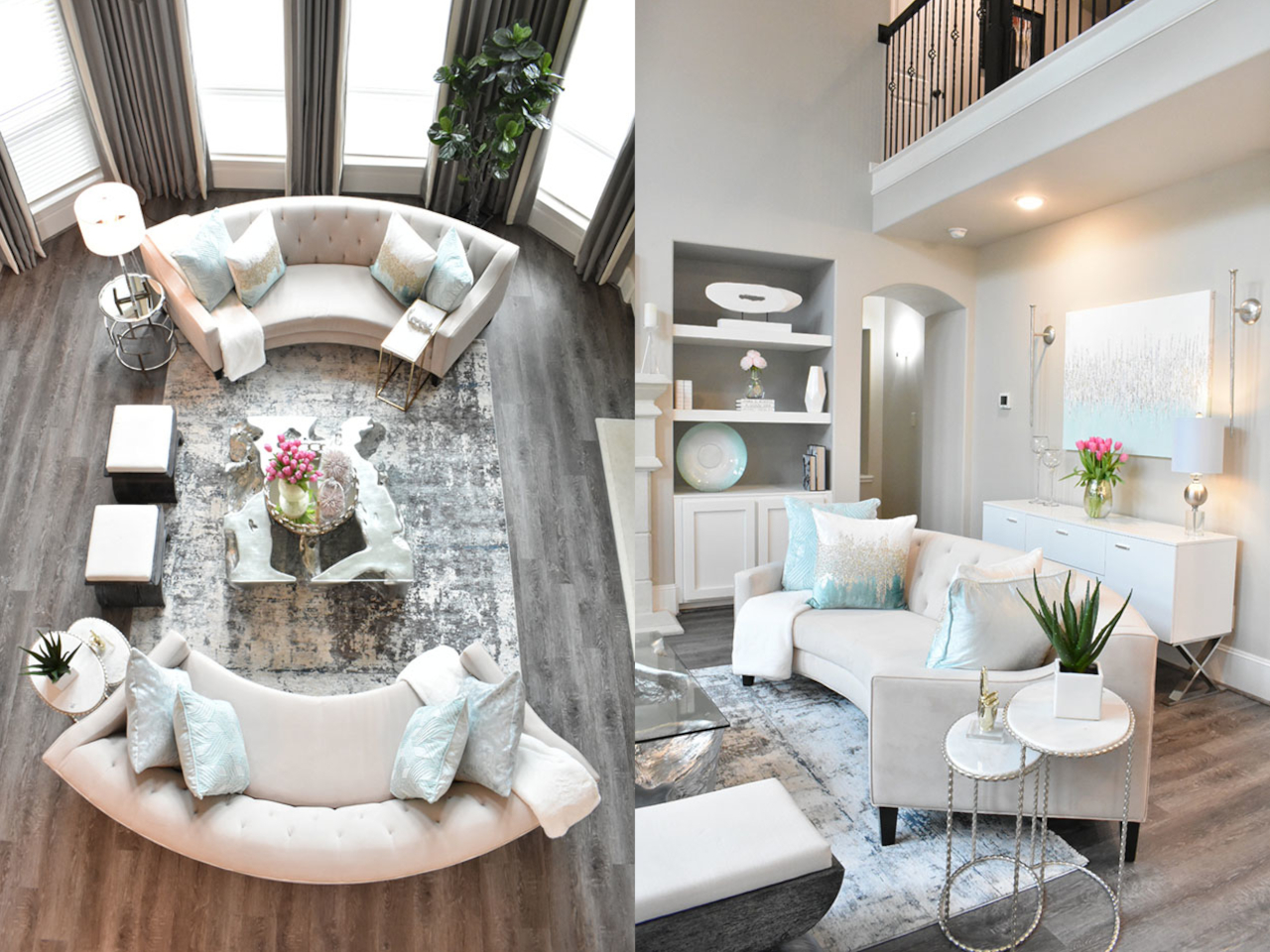
Designer: Kerry Harris
It ensures good circulation and free passage around the home, preventing the space from becoming cluttered to the extent that it obstructs movement, enhancing smooth navigation, and preventing injury.
• Timeless Design
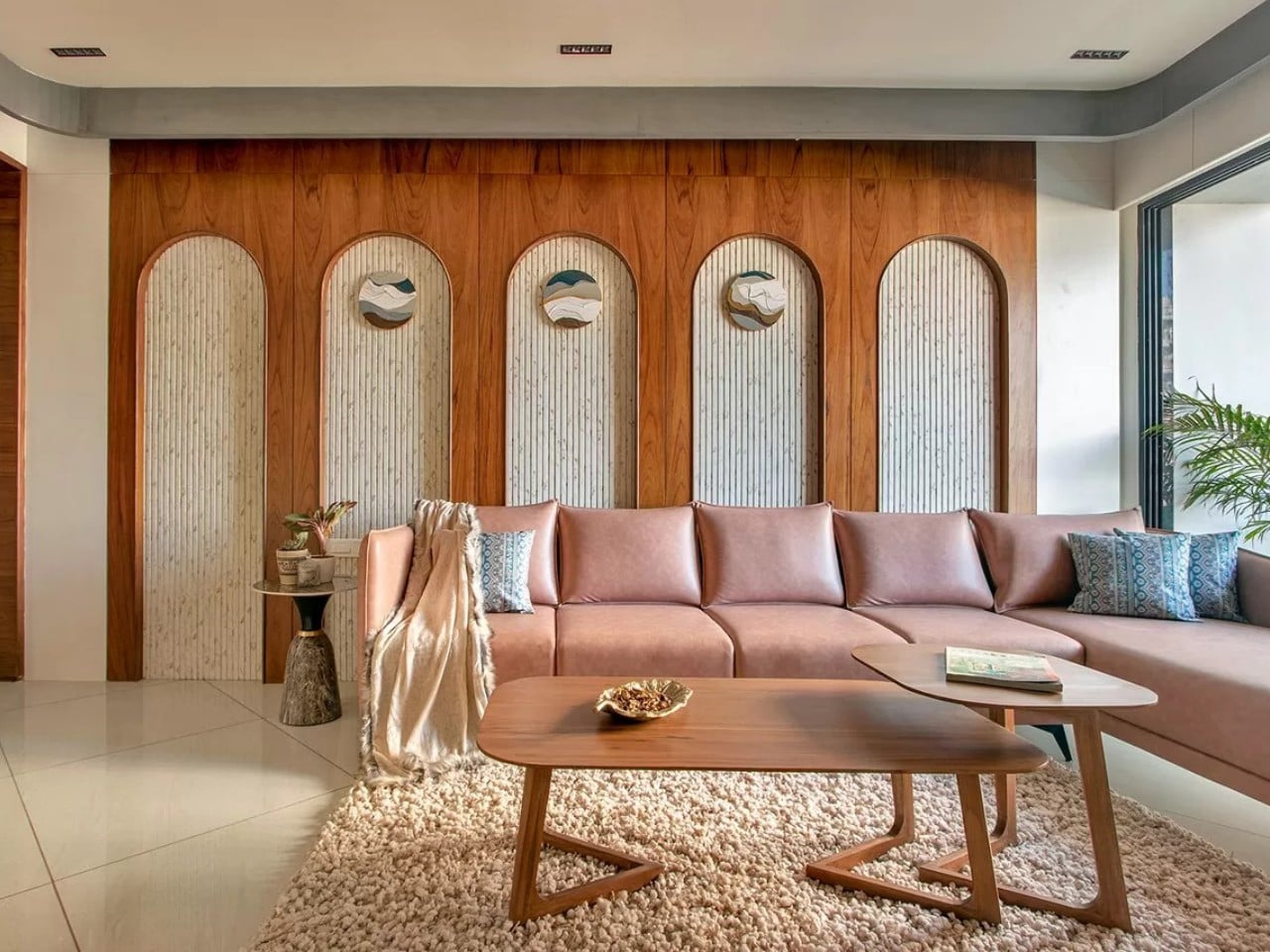
Designer: Foresight Associates
While the aesthetics of a property may change over time, its functionality is less likely to change easily, therefore prioritizing functionality over accent pieces adds more value to your property.
To conclude, Form stands as a fundamental element in interior design and it is intricately connected to the function of the room, requiring it to fulfil the intended purpose or function of the space.



